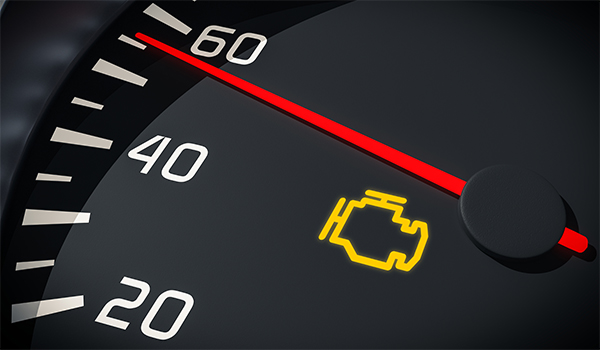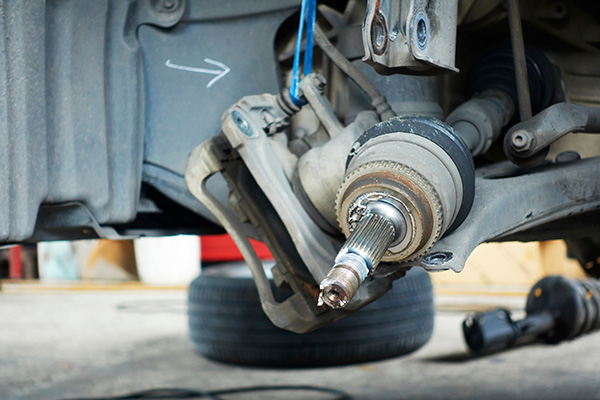Posted on 11/7/2025
The holiday season has always been a time of giving, reflection, and connection — a reminder that kindness and compassion can truly bring people together. At Brazzeal Automotive, we’ve always believed that being part of the Tampa community means more than providing quality automotive care. It means lending a helping hand where it’s needed most. That’s why this year, we’re proud to partner with Toys for Tots to help bring joy to children and families in need right here in Tampa, Florida. Every year, Toys for Tots works tirelessly to ensure that no child is forgotten during the holiday season. Their mission is simple but deeply meaningful: to collect and distribute new, unwrapped toys to children who might otherwise go without a gift. It’s a tradition that embodies the very heart of the holidays — giving, caring, and spreading happiness. When we learned more about their efforts, we knew this was ... read more
Posted on 11/7/2025
At Brazzeal Automotive, your trusted auto repair shop in Tampa, FL, we hear one question more than almost any other: “What’s the best way to make my car last longer without spending a fortune?” The answer usually surprises people — it’s not about big repairs or expensive upgrades. It’s about staying consistent with the small, often-overlooked maintenance items that quietly protect your car over time. Most drivers stay on top of oil changes and new tires, but the truth is that a lot of the biggest savings come from the little things — quick, affordable services that don’t always seem urgent but make a huge difference in the long run. Think of it as preventative care for your vehicle: a few small checkups now can prevent costly breakdowns later. At Brazzeal Automotive, we see firsthand how routine maintenance helps drivers save money, extend their vehicle’s life, and drive with conf ... read more
Posted on 10/31/2025
At Brazzeal Automotive, we’ve always believed the best kind of business is built on relationships — not just repairs. From the very beginning, our goal has been simple: treat every customer like family, do every job the right way, and be a place people know they can trust. In a world full of big-name auto chains, our family-owned auto repair shop in Tampa stands out for one reason — we put people first. Whether it’s a quick oil change, brake service, or major repair, our team takes pride in doing honest, reliable work that keeps your vehicle safe and your trust strong. Where It All Started When Brazzeal Automotive Tampa first opened its doors, it wasn’t about big marketing campaigns or fancy waiting rooms. It was about doing honest work and taking care of people — values that have never changed, even as technology and cars have evolved. From day one, our focus has been on building long-term relat ... read more
Posted on 10/27/2025

Top 5 Signs Your Car Needs Immediate Repair – A Tampa Drivers’ Guide Your car is more than just transportation — it’s what keeps your daily life moving. Whether you’re navigating the Tampa commute, dropping kids off at school, or heading out for a weekend drive, your vehicle plays a big role in your routine. At Brazzeal Automotive, we know how important it is to keep your car safe, reliable, and ready for the road. Our ASE-certified team has been serving Tampa drivers for years with honest, high-quality repairs and maintenance. From oil changes to full diagnostics, we’ve seen it all — and we know that catching issues early can save you time, stress, and money. Here are the top five warning signs that your car may need immediate attention. 1. The Check Engine Light Comes On When that little amber light appears on your dashboard, it’s your vehicle’s way of saying something’s ... read more
Posted on 9/26/2025

The CV (constant velocity) axle in your vehicle is an essential part of the drivetrain. It connects the transmission to the wheels and allows power to transfer while the suspension and steering move. If the CV axle fails, your car won't be able to move, and it often gives clear warning signs before things reach that point. Recognizing these signs early can help you avoid a dangerous breakdown and an expensive tow. Here’s what to look for. What the CV Axle Does The CV axle has joints on either end that allow it to flex and rotate while transferring power. These joints are covered in rubber boots filled with grease to keep the movement smooth and prevent contamination. In front-wheel-drive vehicles, CV axles handle all the driving force. In all-wheel-drive and some rear-wheel-drive vehicles, they’re used at all four corners. Because they’re under constant stress and exposed to road debris, CV axles wear out over time. Once they do, the signs can ... read more